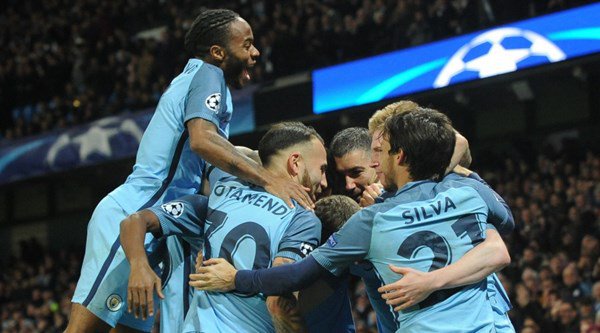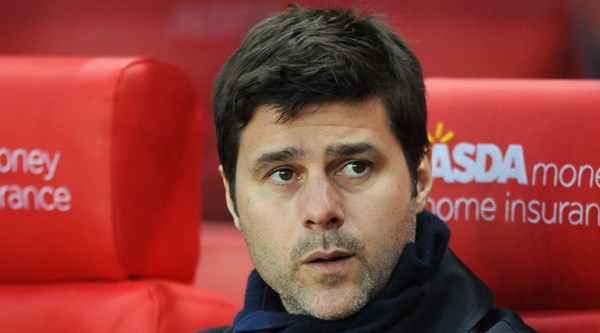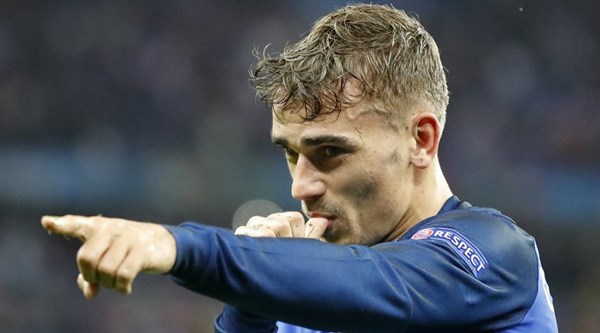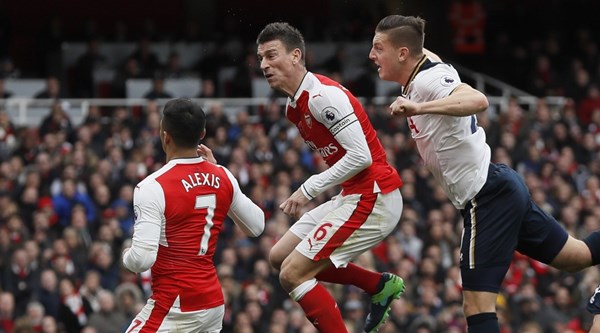Manchester City’s emphatic victory over Barcelona on Tuesday has been hailed as the greatest in their Champions League history.
So how have City – a mid-table Premier League club outside of European competition eight years ago – reached this point in the Champions League?
Well, there’s been ups and downs, but here are the 10 steps that have brought them to this position.
1. Sheikh Mansour takeover
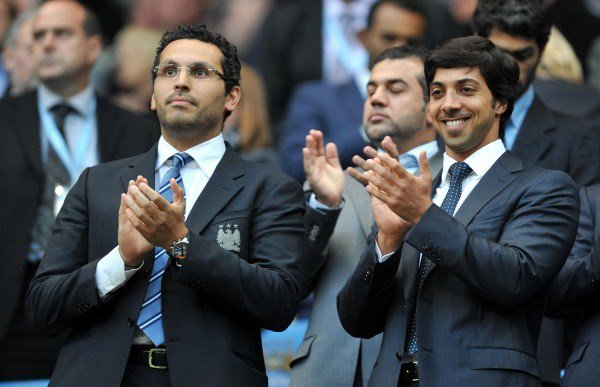
The most significant moment in City’s modern history came in 2008 when the Abu Dhabi United Group, the investment vehicle of Sheikh Mansour, swooped to buy the club, catapulting them into a different financial league. Sights were immediately set on the top.
2. Spending on players
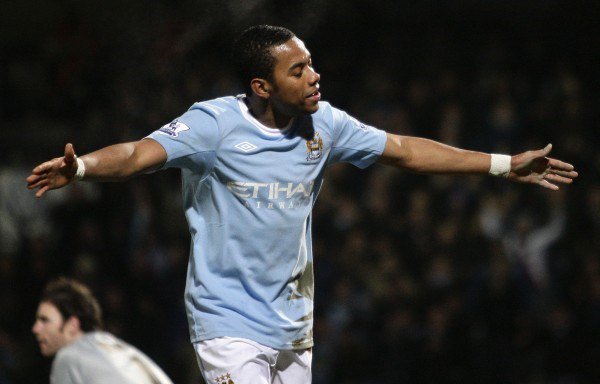
The new owners’ vision for the club was a long-term one but in the short term they wanted to get good quickly and embarked on an extraordinary spell of transfer spending. With no recent record of on-field success to rely on, City knew money was their greatest asset and lavish sums were splashed out.
A high-profile bid for Kaka failed but the big-money arrivals of Robinho, Carlos Tevez, David Silva and Yaya Toure â among many others â transformed the image of the club.
3. FA Cup victory and Champions League qualification
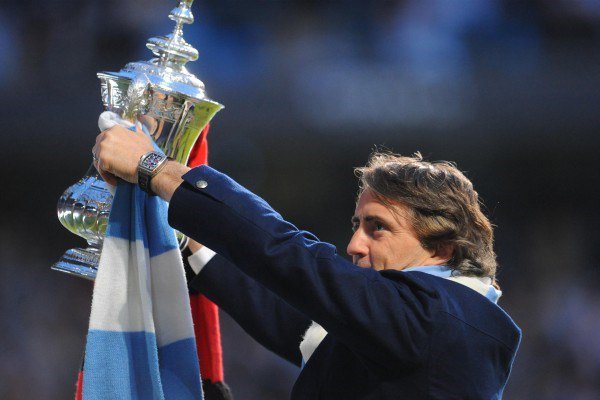
In 2009 City cut short manager Mark Hughes’ tenure and backed Roberto Mancini to take them to the next level. He duly delivered, leading City to FA Cup glory in 2011 â the club’s first trophy for 35 years â and securing a place in the Champions League for the first time.
4. Bayern Munich farce
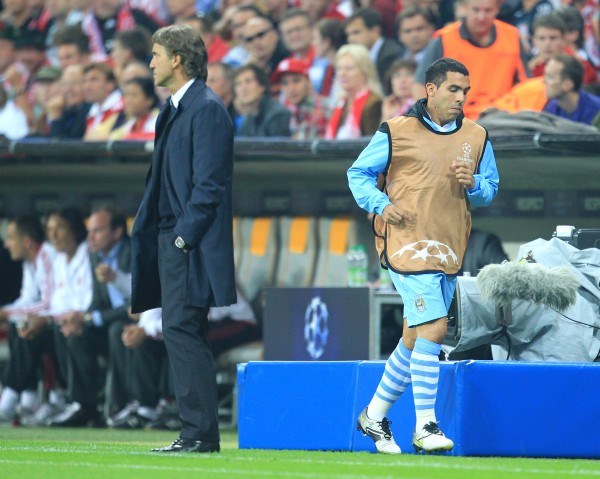
The trajectory of City’s artificially accelerated progress, particularly in Europe, was not always smooth. Their first Champions League campaign was overshadowed by a remarkable touchline row between Mancini and Tevez – provoked by a disagreement about when the substitute should be warming up – during an away defeat at Bayern Munich.
City did actually recover to collect 10 points from a group that also featured Napoli and Villarreal but it was not enough to progress.
5. Group stage failures
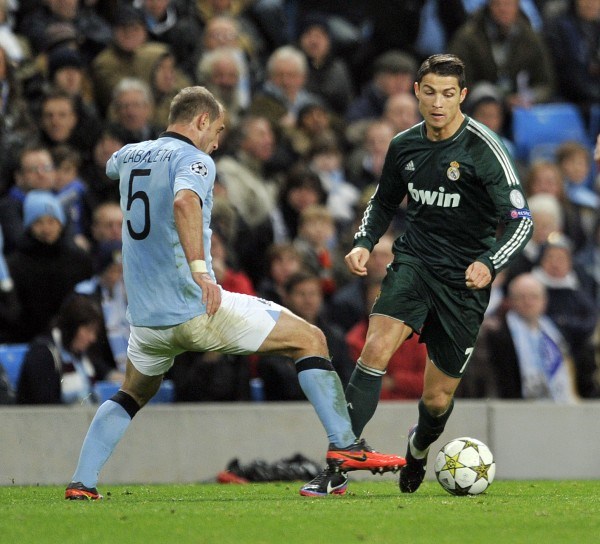
That failure to reach the knockout stages in 2011-12 was put down to experience and was more than compensated for by Premier League success – as City won in emphatic style – but the disappointment was more acute the following season.
They did not get the luck of the draw in 2012-13 as they were pitted in a group entirely comprising domestic champions with Real Madrid, Borussia Dortmund and Ajax, but finishing bottom with just three points was not the plan.
6. Last-16 qualification
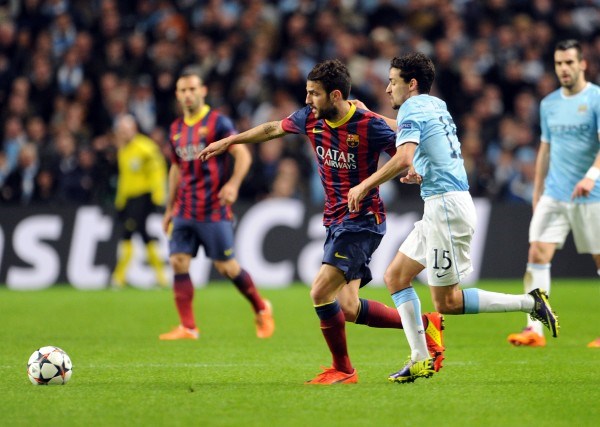
It was after the arrival of Manuel Pellegrini as manager that City began to improve in the Champions League and reached the last 16 for the first time.
While they won the 2013-14 Premier League title, they were less than impressive the following campaign. On both of the occasions, Pellegrini lead them to the last 16 but their tournament in the Champions League was ended by Barcelona in the first knockout round.
7. Spending on infrastructure
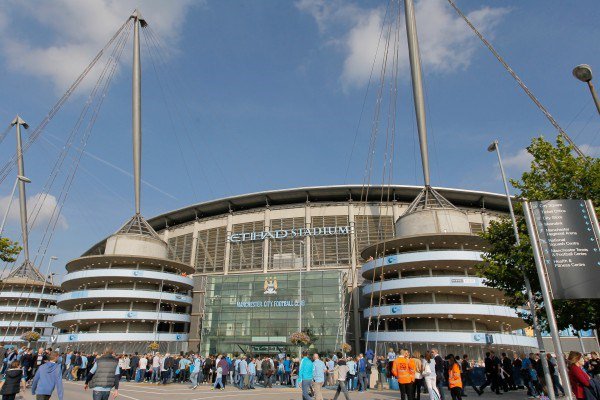
Although struggling in the Champions League, the spending on players eased as City settled at the top end of the Premier League, but off the field their development continued apace. The Etihad Stadium was expanded and a stunning £200 million training and academy complex built. With a rapidly growing portfolio of sponsors, City began to look like one of the game’s biggest clubs.
8. Crowd indifference and Financial Fair Play hit
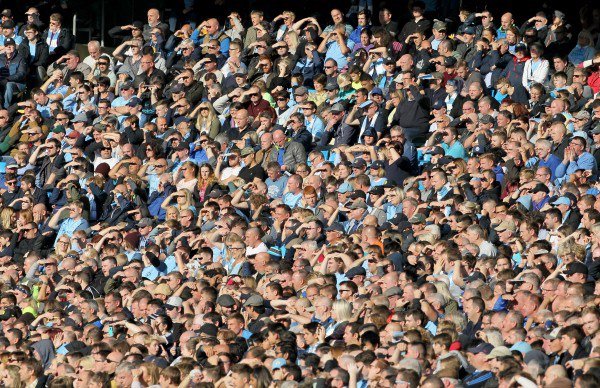
It has taken City’s fans time to warm to the Champions League and particularly UEFA, which has been regularly evidenced in their booing of the competition anthem.
The roots of their frustration were in the ordering of a game at CSKA Moscow to be played behind closed doors for the racist behaviour of Russian fans at short notice, when many supporters had made travel plans and paid for visas. This was compounded by the punishing of the club for breaching Financial Fair Play regulations in 2014, which also hampered the team on the field with a limit on transfer spending and an enforced reduction in squad size.
9. Semi-final run
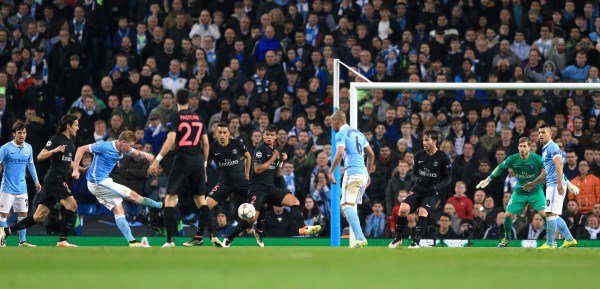
Once free of the FFP restrictions, City embarked on their greatest Champions League run to date last season, reaching the semi-finals before going out to eventual winners Real Madrid. There were memorable victories over Sevilla, Borussia Monchengladbach and Paris Saint-Germain along the way. Reaching the latter stages was an important part of the development.
10. Guardiola arrival
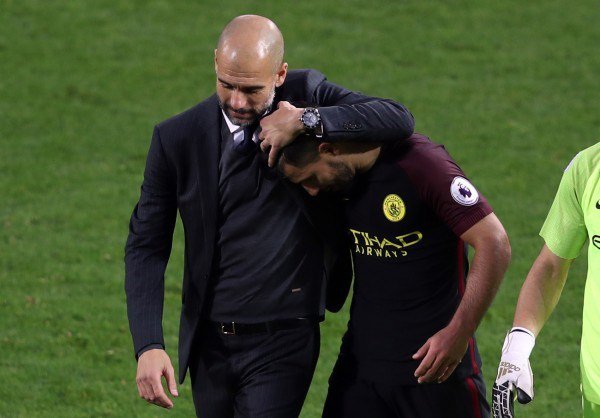
Recruiting serial winner Pep Guardiola as manager was a major statement by the club and his impact was immediate, with 10 successive wins. We have seen a brief dip in form but Guardiola kept faith in his methods, giving players the confidence to secure their exhilarating win over Barca just a fortnight after losing 4-0 in the Nou Camp.

